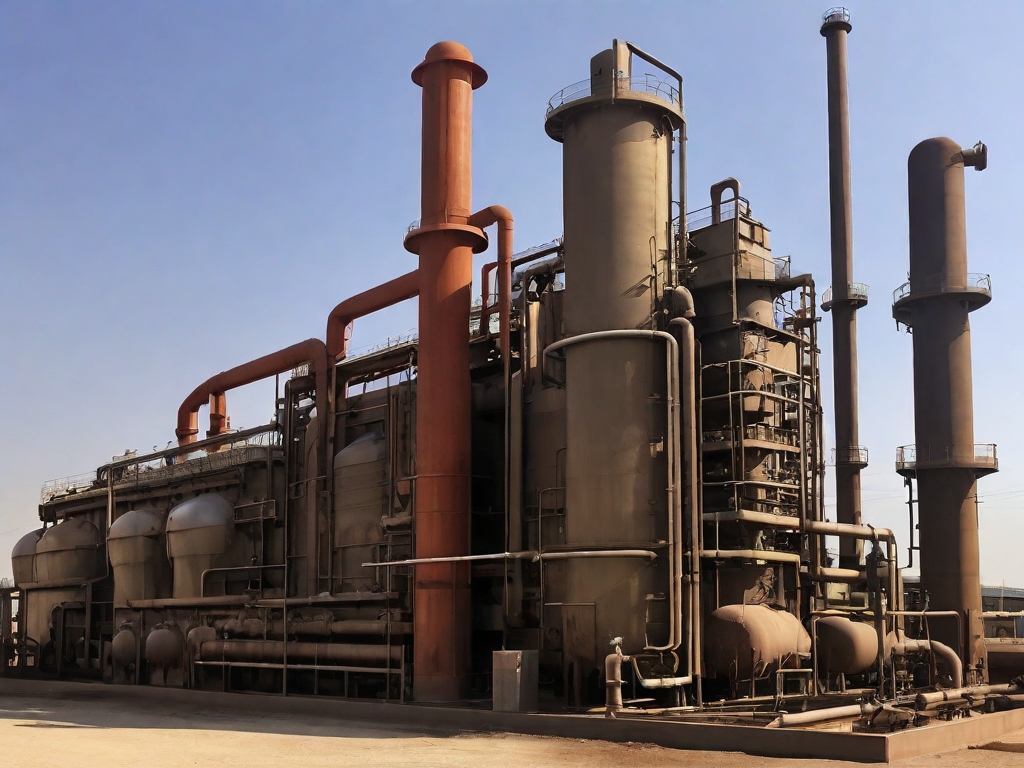When it comes to safety in hazardous environments, nothing is more critical than having an efficient hazard detection system. At Intrinsically Safe Store, we understand the importance of these systems and how they can significantly reduce the risk of accidents. In this article, we will compare the efficiency of various hazard detection systems in different classifications. We invite you to explore our website to learn more about our range of safety products.
Understanding Hazard Detection Systems
Hazard detection systems are designed to identify potential dangers in a given environment. These systems can detect a wide range of hazards, including gas leaks, fire, and chemical spills. The efficiency of these systems is determined by their ability to accurately and quickly detect hazards, thereby allowing for immediate action to prevent accidents.
Types of Hazard Detection Systems
There are several types of hazard detection systems, each with its unique features and applications. These include:
- Gas detection systems
- Fire detection systems
- Chemical detection systems
Comparing the Efficiency of Different Hazard Detection Systems
When comparing the efficiency of different risk identification systems, several factors come into play. These include the system’s sensitivity, response time, and reliability.
Gas Detection Systems
Gas detection systems are designed to detect the presence of harmful gases in the environment. These systems are highly sensitive and can detect even the smallest gas leaks. However, their efficiency can be affected by factors such as temperature and humidity.

Fire Detection Systems
Designers create fire detection systems to detect the presence of fire or smoke in the environment. These systems are highly reliable and have a fast response time. However, they can sometimes give false alarms due to factors such as dust or steam.
Chemical Detection Systems
Designers create chemical detection systems to detect the presence of harmful chemicals in the environment. These systems are highly accurate and can detect a wide range of chemicals. However, factors such as the presence of other chemicals in the environment can affect their efficiency.
Case Studies and Statistics
Several studies have shown the effectiveness of hazard detection systems in preventing accidents. For example, a study by the National Fire Protection Association found that fire detection systems reduced the risk of death in home fires by 50%. Similarly, a study by the American Industrial Hygiene Association found that gas detection systems reduced the risk of gas-related accidents in industrial settings by 60%.
Stay Safe with Our Hazard Detection Systems
In conclusion, the type of system and the specific conditions in which it is used determine the varying efficiency of risk identification systems. However, all these systems play a crucial role in ensuring safety in hazardous environments. At Intrinsically Safe Store, we offer a wide range of hazard detection systems designed to meet the unique needs of different environments. Contact us today to learn more about our products and how they can help you ensure safety in your workplace.


























